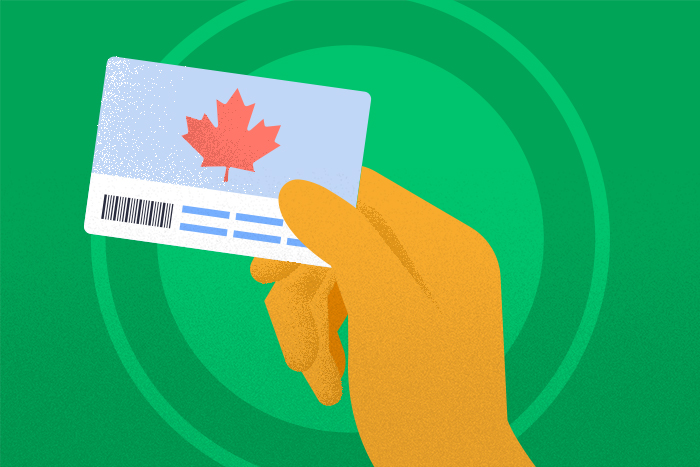We’re fortunate to have universal healthcare in Canada to cover medical essentials like doctors’ visits, surgery and emergency medical treatment. But not everything is covered by government health insurance plans, and the rules vary from province to province1. Understanding how healthcare in Canada works and where the gaps are can help ensure you and your family get the care you need and avoid any unpleasant financial surprises.
How the Canadian universal health system works
While the federal government oversees the government health insurance plan and provides transfer payments to each province, care is administered by each individual province or territory. This approach makes sense when you consider that delivering public health care in rural Manitoba presents far different challenges than delivering healthcare in the greater Toronto or Vancouver area. But it leads to inconsistencies across the country2.
Here’s what you need to know to make sure you and your family get the care you need when you need it.
Who’s covered under the government health insurance plan in Canada?
Only Canadian citizens and permanent residents are covered under the government health insurance plan. You must have a provincial health insurance card from the province or territory where you live.
What’s covered with your health card?
The universal healthcare system covers essential medical visits, such as doctors’ visits, hospital services (surgeries, both in-patient and out-patient), prescription drugs provided in hospital and immunizations.
What’s not covered with your health card?
Most notably, the public health system does not cover prescriptions, dental care and vision care. Also omitted are ambulance fees, long-term care, emergency medical while you are out of the country, psychological counselling/therapy and services provided by registered specialists such as massage therapy, physiotherapy, chiropractic and so on3. All of these services can be covered for you and your family through a private health insurance plan offered by Manulife CoverMe.
Click on the links below to view what’s not covered for your province of residence.
- British Columbia
- Alberta
- Manitoba
- Saskatchewan
- Ontario
- Quebec
- Newfoundland and Labrador
- New Brunswick
- Nova Scotia
- Prince Edward Island
- Yukon
- Northwest Territories
- Nunavut
Relief for those in need. Seniors, children/youth and those on social assistance may qualify for coverage of prescription drugs, dental care, mental healthcare, vision care, home care, hospice care and medical equipment. Coverage, programs and eligibility vary, however, and most provinces/territories require some level of co-payment, based on income.
Filling the gaps with private health insurance with Manulife CoverMe
For many Canadians, workplace benefits provided by their employer help to cover the cost of prescriptions, dental care, vision care and more. But every plan is different. For example, some plans cover 100% of prescription costs while others may cover only 75% or 90%. There are limits, too, on total benefits provided per service per year.
And not everyone has access to a group plan. Hourly employees, retirees, gig workers, part-timers, freelancers, seniors and the unemployed, for example, need to find a different way to fill the gaps.
That’s where individual health insurance comes in. Individual health and dental insurance by Manulife CoverMe can be a cost-effective way to get the coverage you need or top up the insurance you have through work.
Explore plans to suit your needs and budget -->
Sources:

